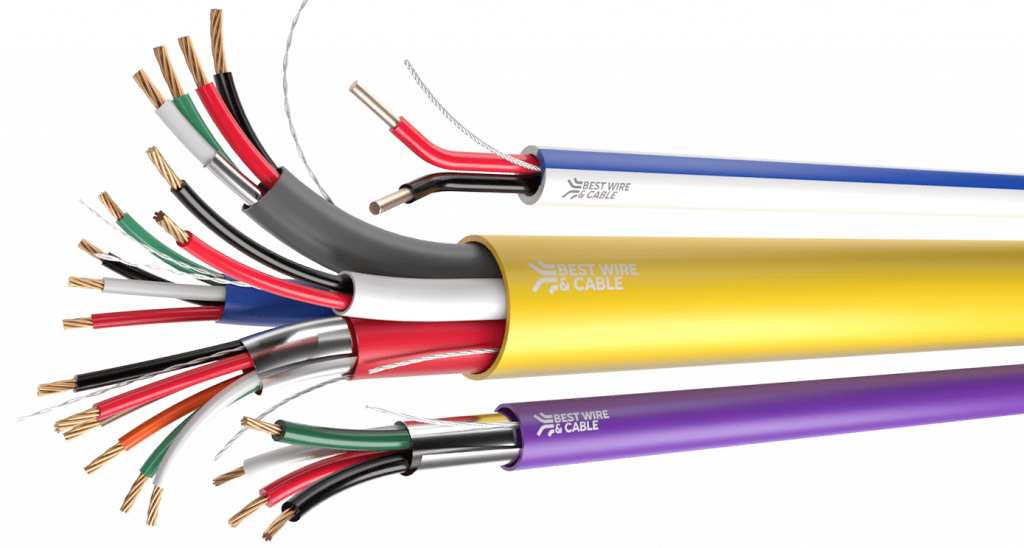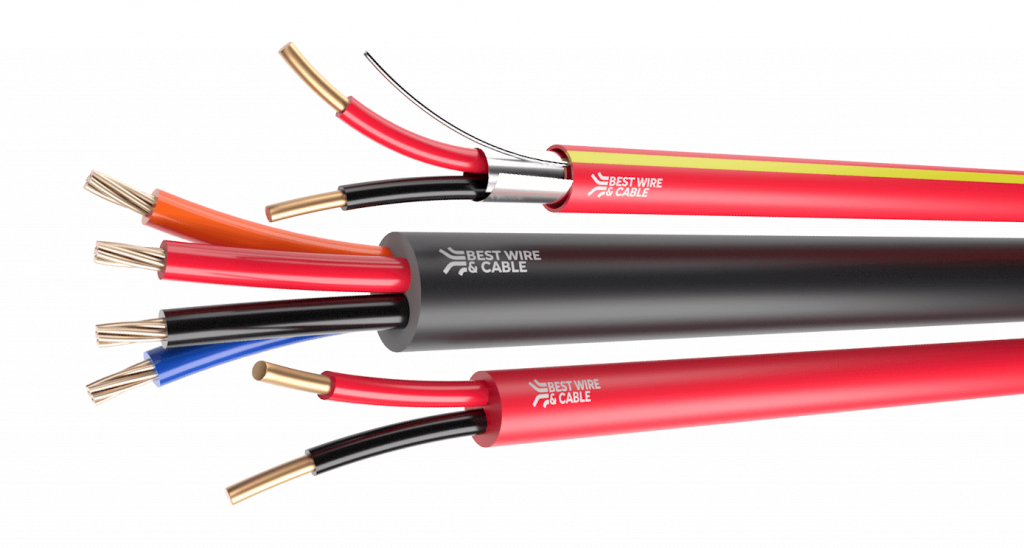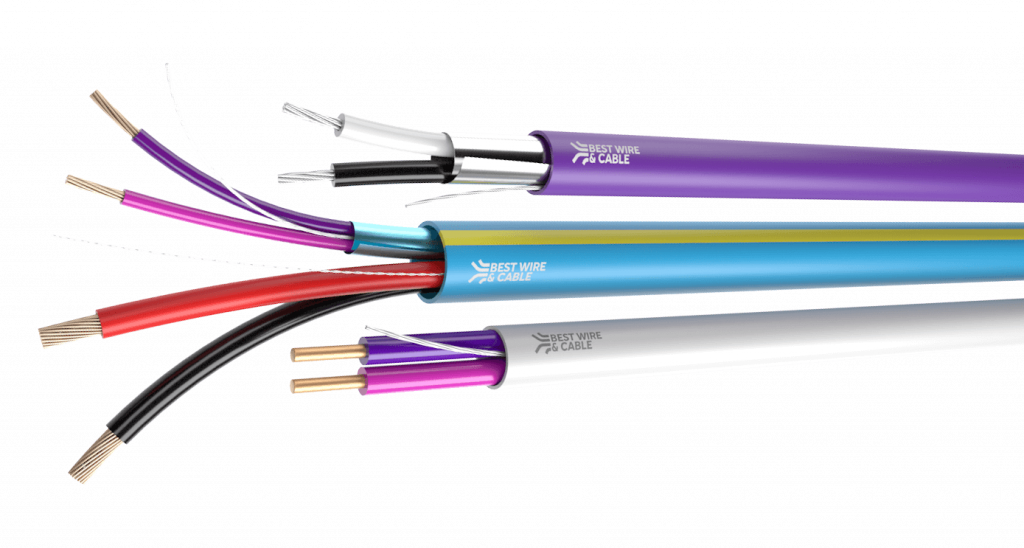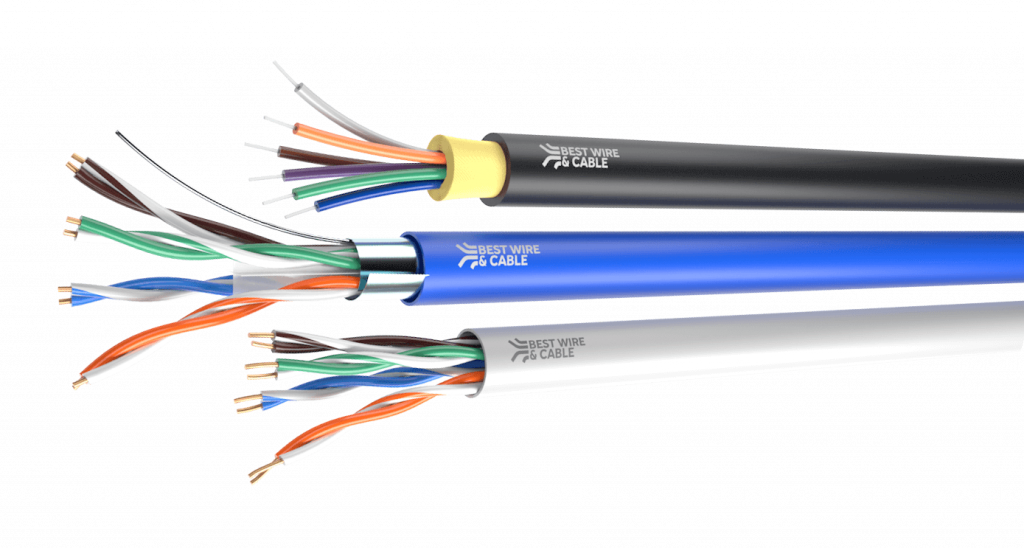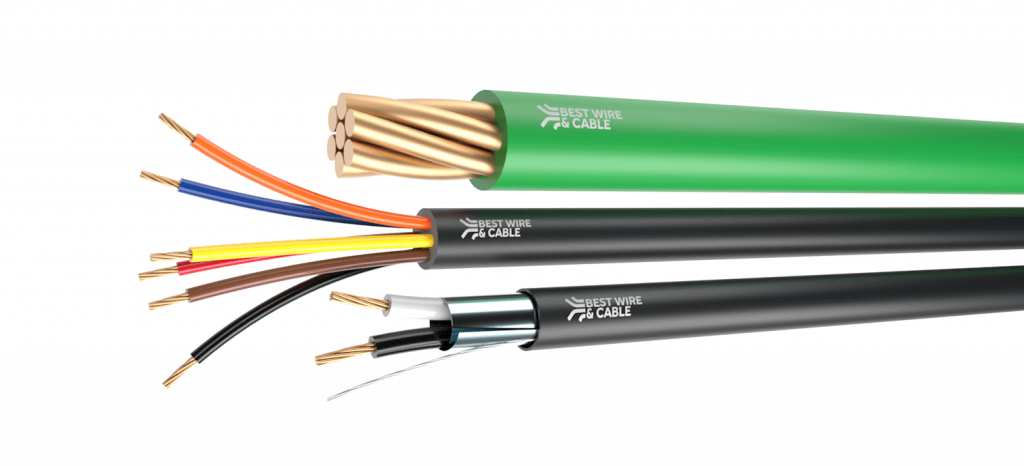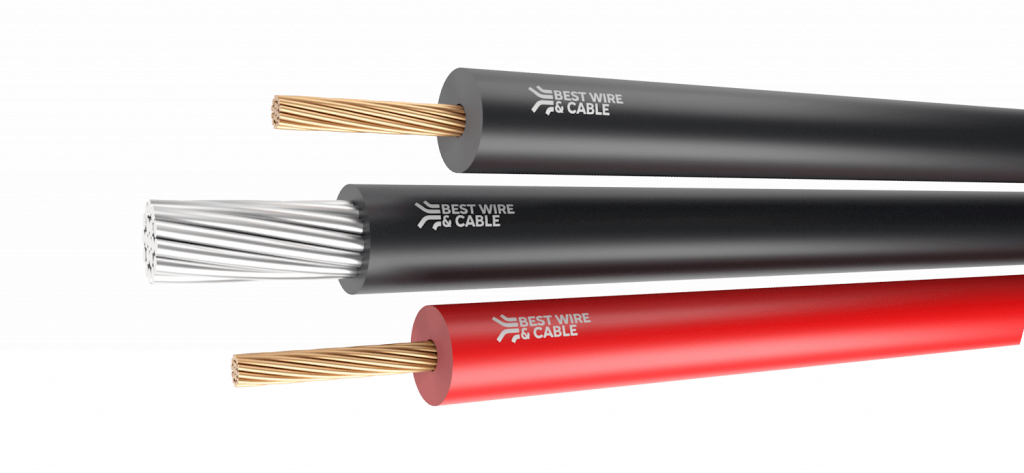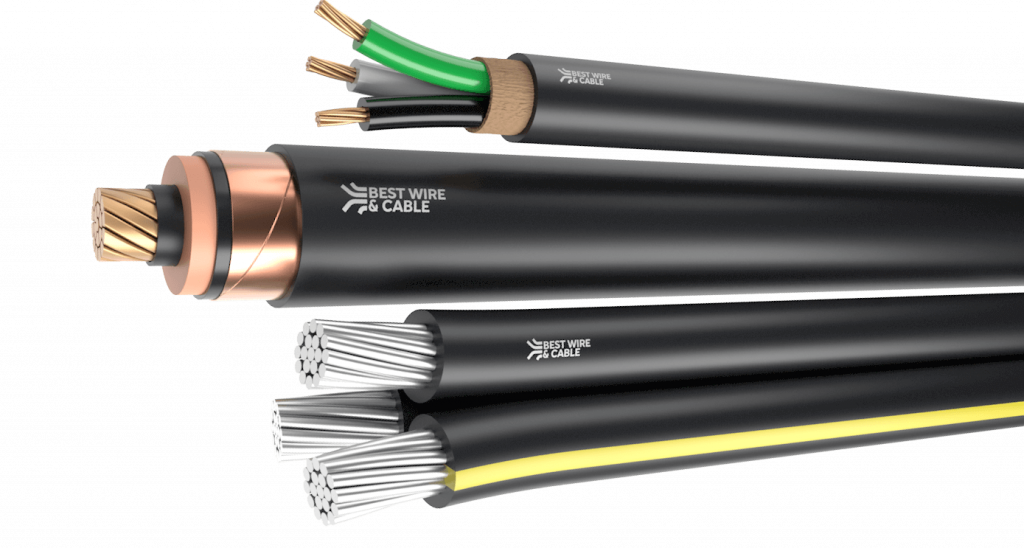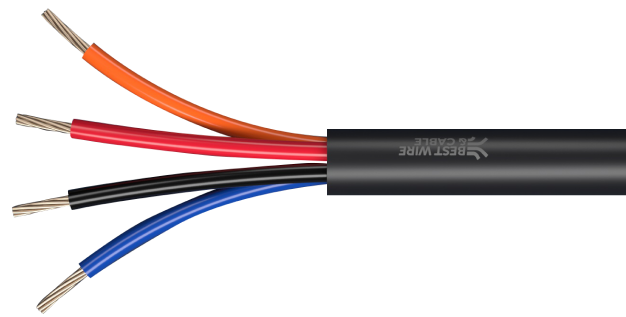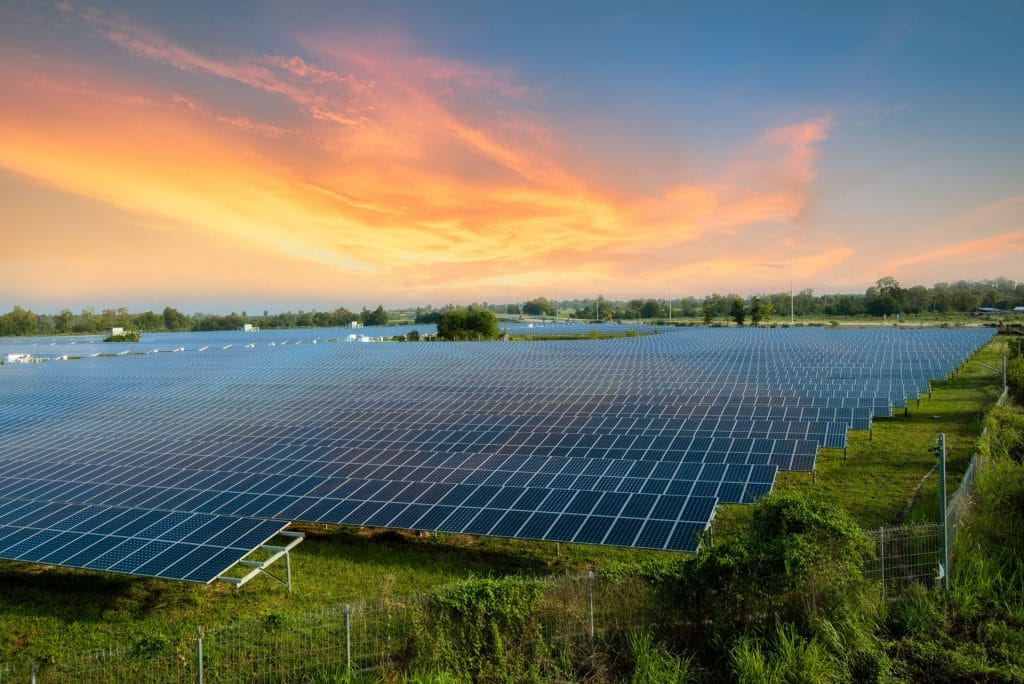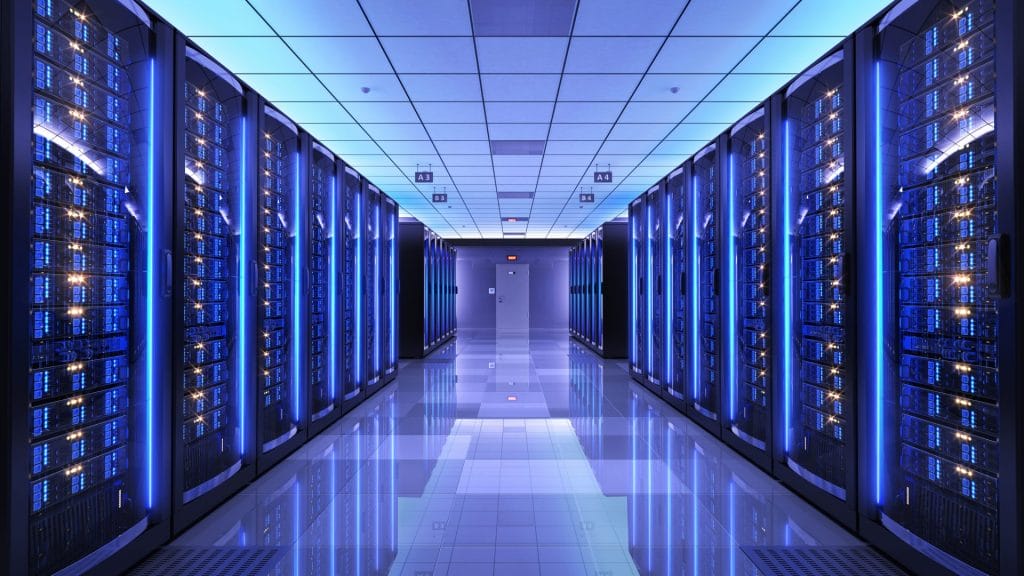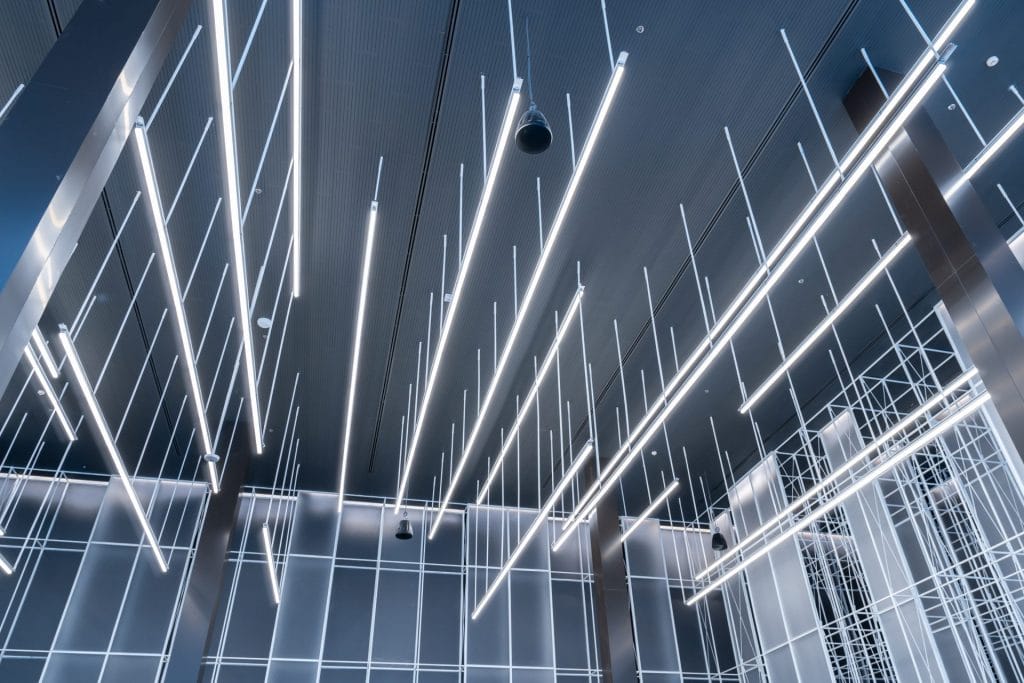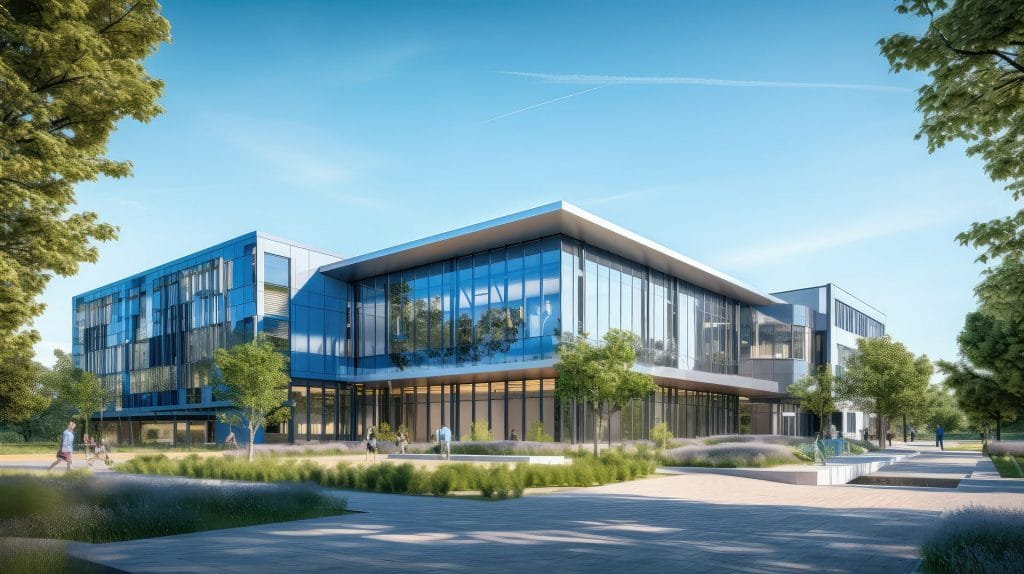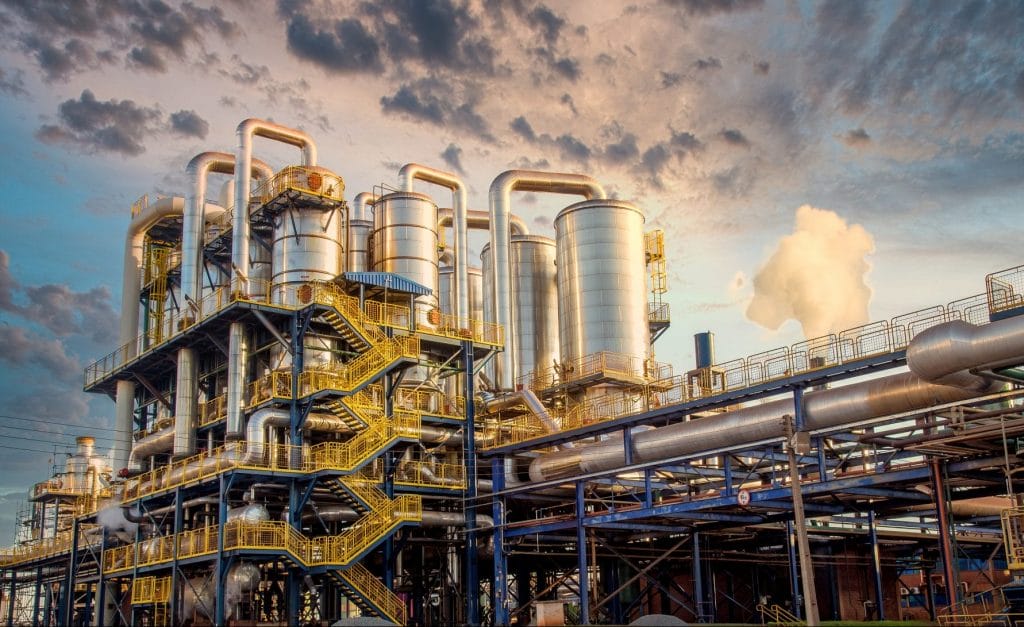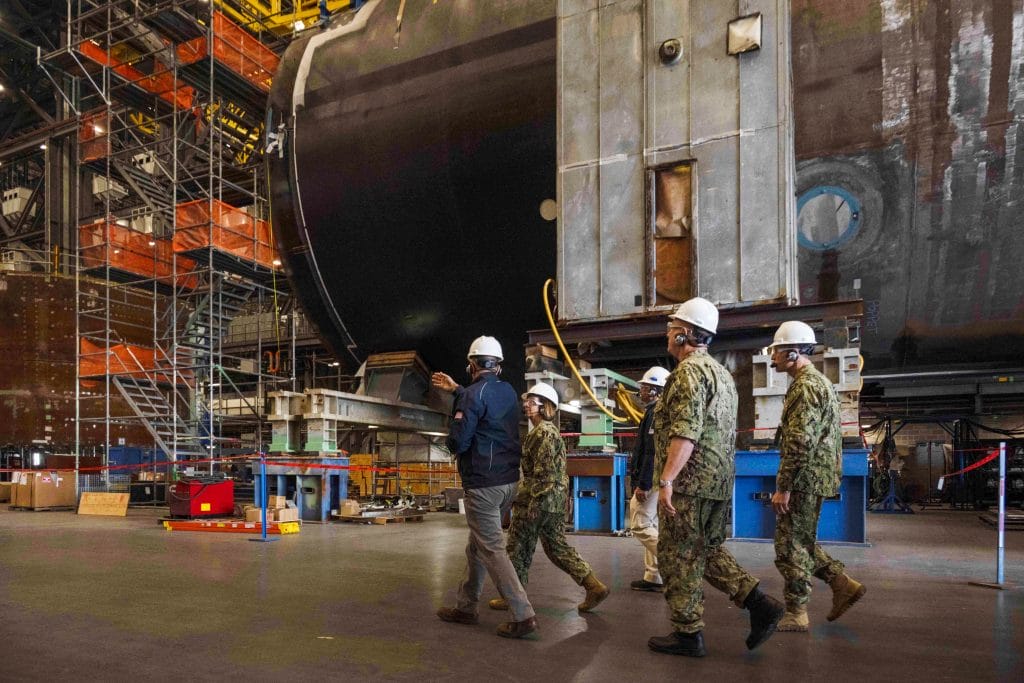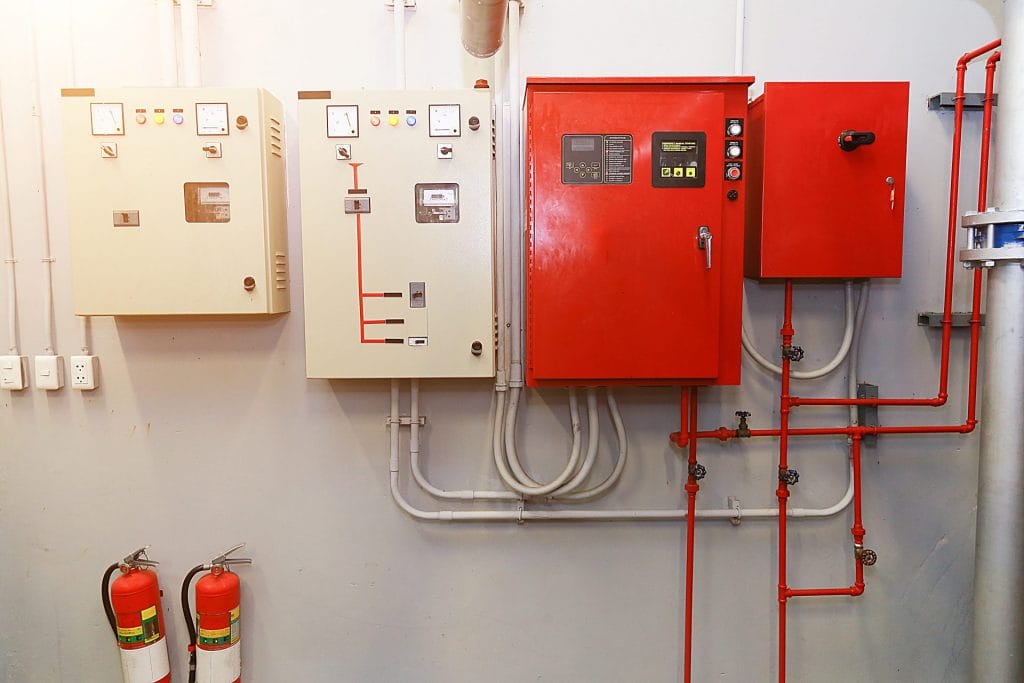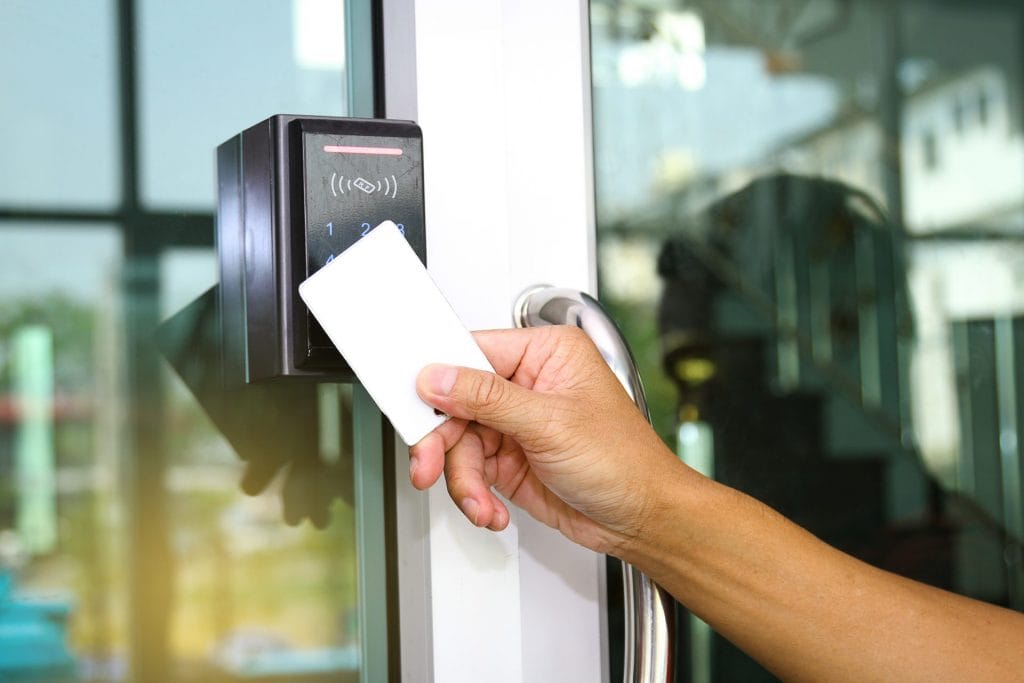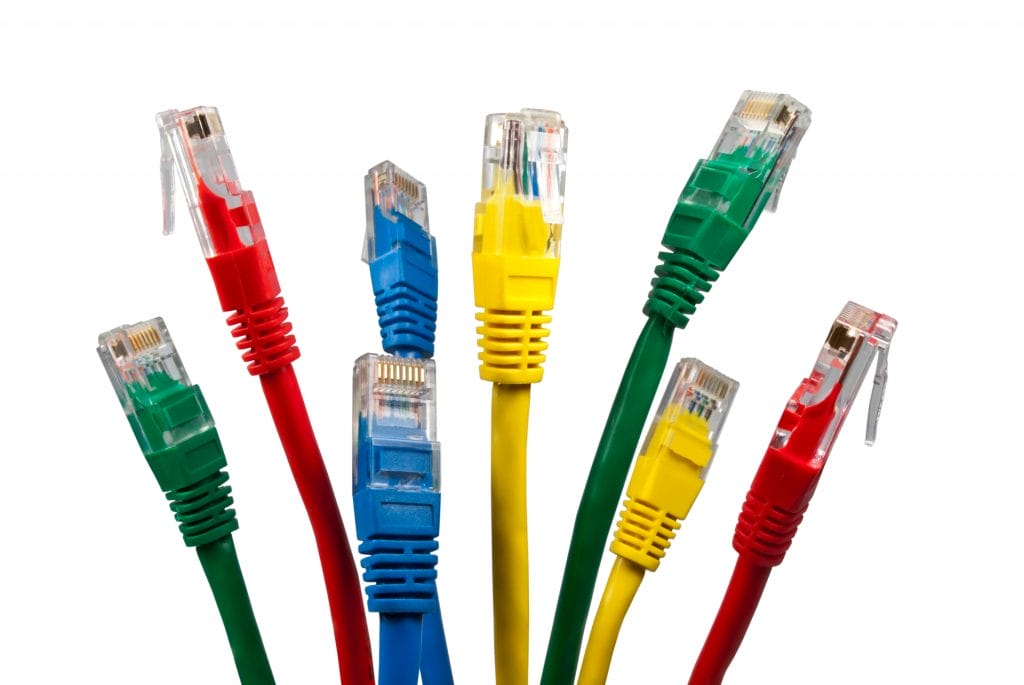The evolution of data centers has been a rapid and ongoing process, with advancements in technology driving the need for increasingly sophisticated cable infrastructure. From the humble beginnings of Category 3 cable to the cutting-edge fiber optics of today, data centers have been built on the backbone of reliable and high-speed connectivity. As data continues to grow at an exponential rate, it is certain that the role of cable infrastructure in data centers will only continue to grow in importance.
The Evolution of Data Centers: The Role of Cable Infrastructure
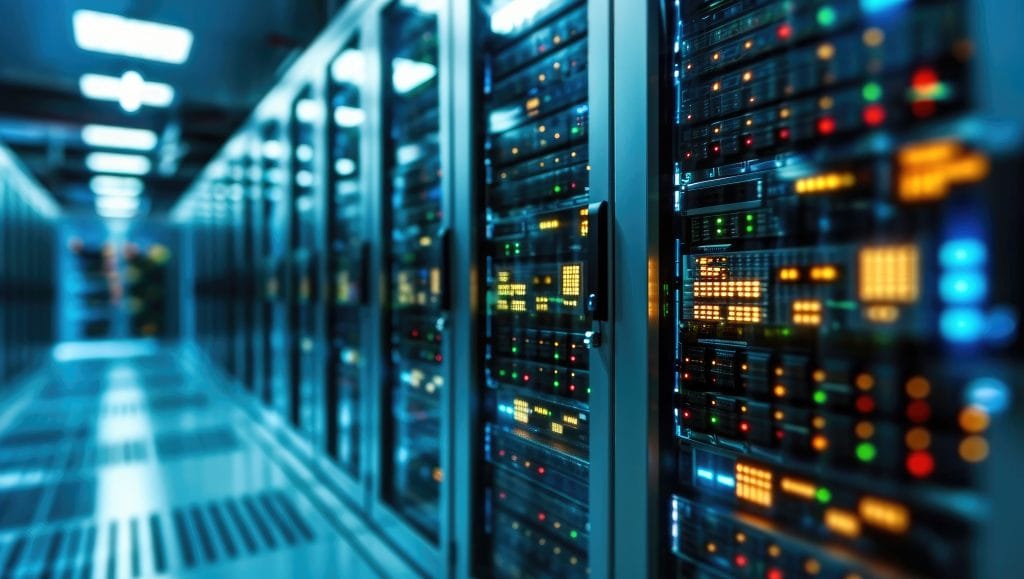
Data centers have come a long way since their inception. From the early days of computer rooms to modern-day cloud data centers, the technology has evolved significantly. As data centers continue to evolve, one of the most critical components that support their operations is the cable infrastructure. In this blog post, we’ll take a closer look at the evolution of data centers and the role of cable infrastructure.
The Role of Cable Infrastructure in Data Centers
The cable infrastructure is an essential component of data centers. It is responsible for connecting the various components of a data center, including servers, storage devices, switches, and routers. The cable infrastructure must be designed and installed correctly to ensure that the data center operates efficiently, reliably, and securely.
Fiber Optic Cable Types Used in Data Centers
There are several types of fiber optic cables used in data centers. They include:
- Multimode fiber (MMF): This type of fiber optic cable is designed to carry multiple signals at once. MMF is commonly used in data centers because it is relatively inexpensive and can transmit data over short distances. The most common types of MMF used in data centers are OM1, OM2, OM3, and OM4, with OM1 being the oldest and OM4 being the newest.
-
Single-mode fiber (SMF): This type of fiber optic cable is designed to carry a single signal over long distances. SMF is more expensive than MMF, but it can transmit data over longer distances without losing signal strength. SMF is commonly used in data centers to connect different building
-
Ribbon fiber: Ribbon fiber is a type of fiber optic cable that has several fibers bundled together in a ribbon-like configuration. Ribbon fiber is commonly used in data centers because it can provide high-density cabling solutions in limited space environments.
Other Cables Used in Data Centers
In addition to fiber optic cables, there are other cables used in data centers. They include:
- Category 5e, 6, and 6a copper cables: These cables are used to connect devices that do not require the bandwidth or distance capabilities of fiber optic cables. They are commonly used for shorter distances, such as connecting servers to switches.
- Power cables: Power cables are used to supply power to various components in a data center, including servers, storage devices, and networking equipment. They are essential for the operation of the data center.
- Plenum and riser cables: Plenum and riser cables are used to connect devices in different areas of a building. Plenum cables are designed for use in plenum spaces, which are areas in buildings that provide air circulation for heating and cooling systems. Riser cables are designed for use in vertical spaces, such as elevator shafts or riser closets. Plenum cables can be used as riser cables, but riser cables cannot be used as plenum cables.
In Conclusion:
Cable for Data Centers
